
Mitsui's Forests
Environmental Functions of Forests
We care for Mitsui's Forests in a way that enhances topsoil conservation and CO2 absorption. At the same time, we carry out forestry and management operations in a way that protects biodiversity, including by regularly monitoring ecosystems in biodiversity protection forests (about 10% of company owned forests) and other designated areas.
The Biodiversity of Mitsui's Forests
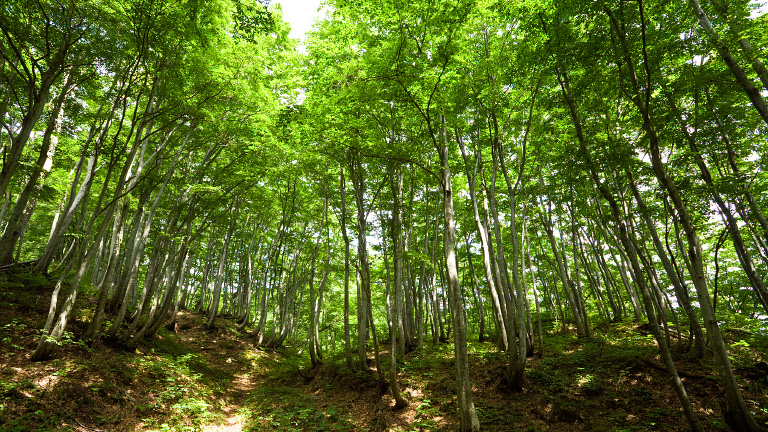
Biodiversity means rich diversity and variety at the respective levels of gene, species, and ecosystem. If an area retains the original rich variety of its indigenous animals, plants, insects, microorganisms, and so on, and provides the physical requirements for their existence, it can be said to have high biodiversity.
But today, many animals and plants around the world are dwindling in number or gradually becoming extinct. With the habitats of a wide range of living organisms rapidly disappearing, businesses today need to take initiatives for the preservation of the biodiversity which is the foundation of our survival.
Through appropriate management of its forests, Mitsui is committed to making the social contribution of nurturing biodiversity and passing on a rich forest environment to the future generations.
Structure for Conserving and Monitoring Biodiversity
Areas of Mitsui's Forests that have a high significance from a biodiversity perspective (about 10% of the total area) have been designated as Biodiversity Conservation Forests and these have been classified into various categories to facilitate management that conserves biodiversity. Each forestry office monitors local ecosystems by setting up core surveying plots in three different locations in accordance with the size of the forest and its situation in regard to habitats of rare species. Surveys are carried out once per year (or once every five years for accumulation surveys) and include land surface surveys (vegetation, rare species), surveys of forest conditions (plant species, number of trees, animal damage, etc.), and accumulation surveys (diameters at chest height, tree height, amount of growth). In June 2025 at Tashiro Forest in Fukushima Prefecture, which has been designated as a special conservation forest (forest with high conservation value), a festival wishing for a safe mountaineering season was held and we also carried out a patrol on that occasion. Since 2019, vegetation damage caused by deer in the high moors at the top of the mountain has also been on the rise, so we will continue monitoring this trend for any impact on ecosystems.
In addition, the large-scale collapse that has occurred in the area managed by the Ministry of the Environment adjacent to the Tashiro forest has progressed to the vicinity of the valuable high moors, and we will keep a close eye on future trends. If a rare species is discovered, particularly rare vegetation, we take steps such as marking the relevant area and ensuring it is excluded from forestry operations. Also, we recognize the possibility that forestry operations can have an environmental impact on a broad area around the forest so when carrying out forestry operations at Mitsui's Forests, such as regeneration felling, thinning, and establishing roads, we always carry out a site survey beforehand based on a checklist of over 20 items, including soil conditions, surface vegetation, forest conditions, and the situation regarding the surrounding area. We then revise the forestry operation plan based on the results of this survey and if necessary, change or cancel the plan. Within three months of carrying out work, we make sure to carry out a follow-up survey to confirm that the forestry operations were carried out properly with the aim of minimizing environmental impact and conserving biodiversity.
Forest Management Zoning
Mitsui's forests are made up of approximately 40% Forests for Regeneration and Harvest and approximately 60% Natural Forests and Naturally Regenerated Forests. These forests are divided into the following categories: Harvest - oriented Sustainable Cycle Forests; Natural Restoration Forests; Biodiversity Conservation Forests; Productive Naturally Regenerated Forests; General Naturally Regenerated Forests; and Other Naturally Regenerated Forests. Each category has its own set of management policies. Biodiversity Conservation Forests - areas particularly important from the viewpoint of biodiversity - form a new category created in 2009 and account for approximately 10% of Mitsui's forests.
Biodiversity Conservation Forests are further divided into the following four categories: Special Conservation Forests; Environmental Conservation Forests; Water and Soil Conservation Forests; and Cultural Conservation Forests. By conducting management appropriate to the special characteristics of each category, we aim to grow forests that are more strongly oriented toward the preservation of biodiversity.
Mitsui's approximately 455km2 (45,572 hectares) of forests at 76 locations nationwide is managed according to the following categories:
Please scroll horizontally to look at table below.
(As of March 31, 2025)
| Category | Definition | Area (ha) | ||
|---|---|---|---|---|
| Forests for Regeneration and Harvest | Harvest-oriented Sustainable Forests | Forests for the production and supply of lumber resources through the repeated cycle of harvesting, planting, and cultivating. | 5,807 | |
| Natural Restoration Forests | Forests to be restored as Naturally Regenerated Forests consisting of coniferous and broad-leaved trees. | 8,791 | ||
| Yield-sharing afforestation forests | Long-term Yield-sharing afforestation contracted forestland concluded with an external organization. | 2,493 | ||
| Forests for Regeneration and Harvest, Natural Forests and Naturally Regenerated Forests | Biodiversity Conservation Forests | Special Conservation Forests | Forests judged to have irreplaceable biodiversity value at the regional and national level and requiring stringent protection. | 324 |
| Environmental Conservation Forests | Forests confirmed to support a large number of rare creatures whose habitat requires protection. | 861 | ||
| Water and Soil Conservation Forests | Forests with plentiful water stocks that form a water resource, reduce the risk of natural disasters, or have other major socially beneficial functions which contribute to the safeguarding of the water supply and the preservation of ecosystems. | 3,450 | ||
| Cultural Conservation Forests | Forests requiring protection due to the particularly high value of their "cultural services" - functions that nurture traditions and culture and form part of the "ecosystem services" that are dependent on biodiversity. | 117 | ||
| Naturally Regenerated Forests | Productive Naturally Regenerated Forests | Forests to be cultivated for tree species useful as a source of lumber. | 16,039 | |
| General Naturally Regenerated Forests | Forests not composed of productive species but to be cultivated for increased social value. | 6,365 | ||
| Other Naturally Regenerated Forests | Naturally Regenerated Forests other than in the above categories. | 1,326 | ||
Biodiversity Conservation Forests
Here we present Mitsui's forests that play a special role.
Four Biodiversity Conservation Forests
Areas with high significance from a biodiversity perspective are designated as Biodiversity Conservation Forests (which account for about 10% of Mitsui's forests) and further classified into four categories: "Special Conservation Forests," "Environmental Conservation Forests," "Water and Soil Conservation Forests," and "Cultural Conservation Forests."
This category classification allows for the more appropriate and carefully tailored conservation of biodiversity in specific forest areas.
Special Conservation Forests
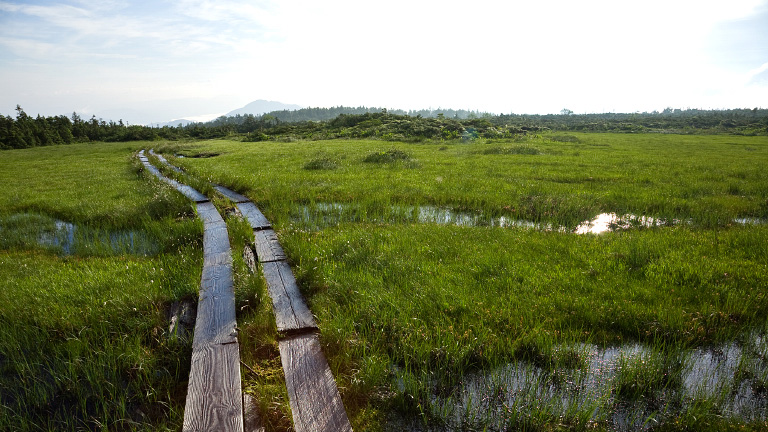
Forests deemed to possess invaluable biodiversity at a regional and national level and will be closely protected.
- Tashiro Forest, Fukushima Prefecture
- This forest is part of Mt. Tashiro, which is located in Minamiaizu Town. It contains high-altitude moorlands in the mountain summit regions which have great academic value, and a portion of the forest including the wetlands is designated as part of Oze National Park.
Environmental Conservation Forests

Forests where biological value is concentrated, i.e., rare species, are identified. The habitat of these rare species is protected.
- Soya Forest, Hokkaido
- Mitsui's most northerly forest containing extensive stands of the Yezo spruce, one of Hokkaido's commonest coniferous trees, and home to the Ito fish, Japan's largest freshwater fish.
Water and Soil Conservation Forests
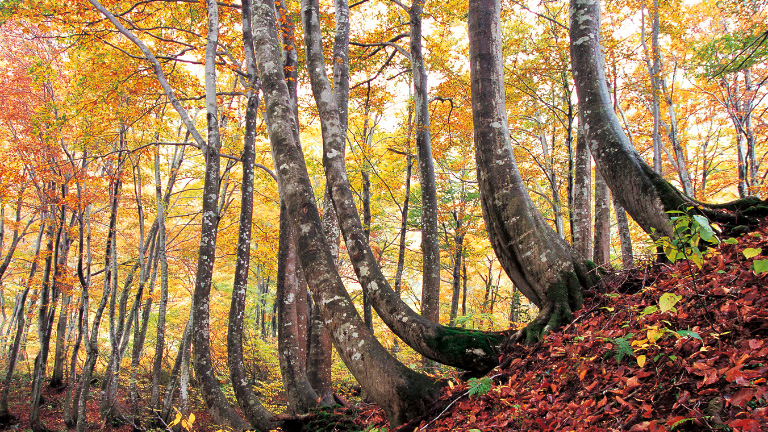
Forests with plentiful water stocks that form a water resource, reduce the risk of natural disasters, or have other major socially beneficial functions which contribute to the safeguarding of the water supply and the preservation of ecosystems. The 21st century has been referred to as the Water Century, indicating the increasing concern regarding the world's water resources. Recognizing the need to nurture forests that provide rich sources of water, Mitsui has designated 34.5km2 (3,450 hectares) of its holdings as Water and Soil Conservation Forest, which is managed with attention to protecting water supplies.
- Nanba Forest, Niigata Prefecture
- The gateway to the Myoko Mountain Range, located in the municipality of Joetsu. With extensive beech woods that store water, the forest serves as a water resource that provides water to the region.
Cultural Conservation Forests
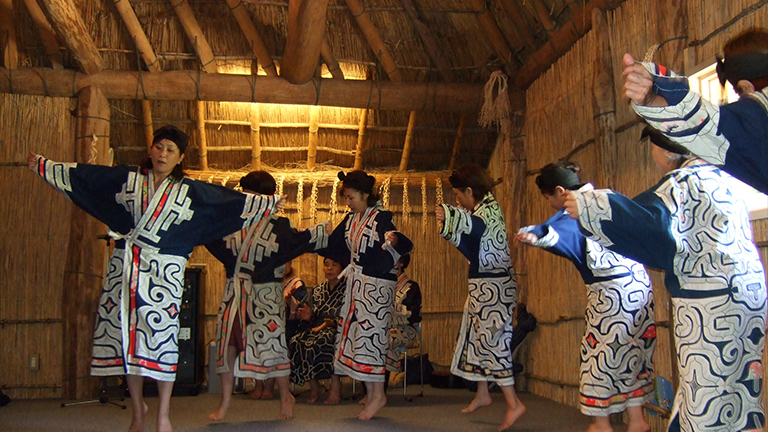
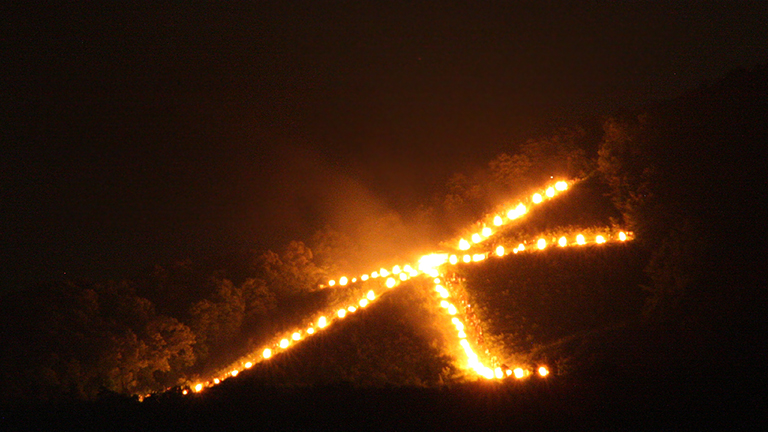
These forests are deemed to have high traditional or cultural significance to a region as a result of the ecosystem services from biodiversity. Mitsui will continue to take measures to protect these forests and to make the most use of them.
Using the Forest to Protect Ainu Culture
The Saru Forest, which is Mitsui's second largest forest, is located near Nibutani, a locality in the Hokkaido municipality of Biratori which legend holds to be the birthplace of Ainu culture. Ainu people have inhabited and made use of the forest for many generations.
In April 2010, Mitsui concluded an agreement with the Biratori Ainu Association under which action is being taken to stimulate the preservation of the culture of the Ainu people, who are the original inhabitants of the Saru Forest.
Specifically, because of a declining trend in the Manchurian elm, which provides the material for the attus, the traditional dress of the Ainu people made of tree bark, it has been decided to plant and nurture Manchurian elm in the Saru Forest.
Meanwhile, to restore the chise, which is the traditional Ainu dwelling, the lumber needed to build it is to be supplied from the Saru Forest. A further major aspect of the agreement is the protection of Ainu places of worship located in the Saru Forest and cooperation in surveys of cultural relics.
In September 2010, a further agreement was concluded with the municipality of Biratori under which Mitsui will cooperate in a municipal project to recreate an iwor (traditional Ainu living territory) and will collaborate in measures to stimulate industry.
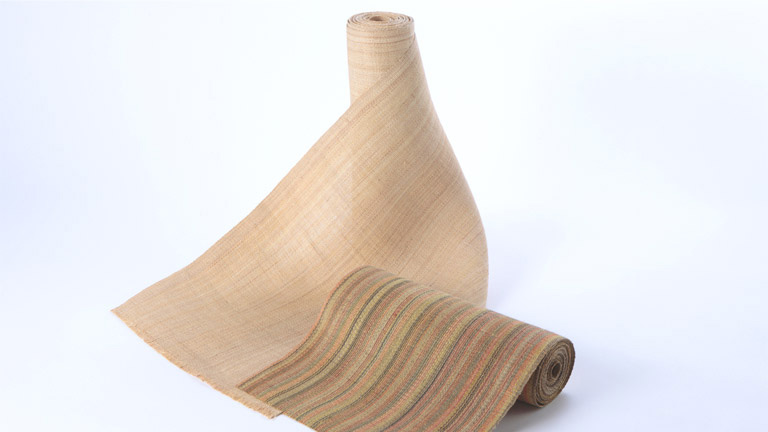
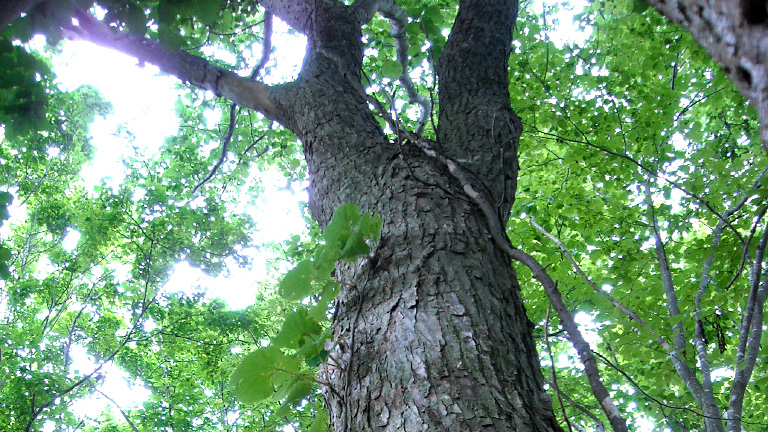
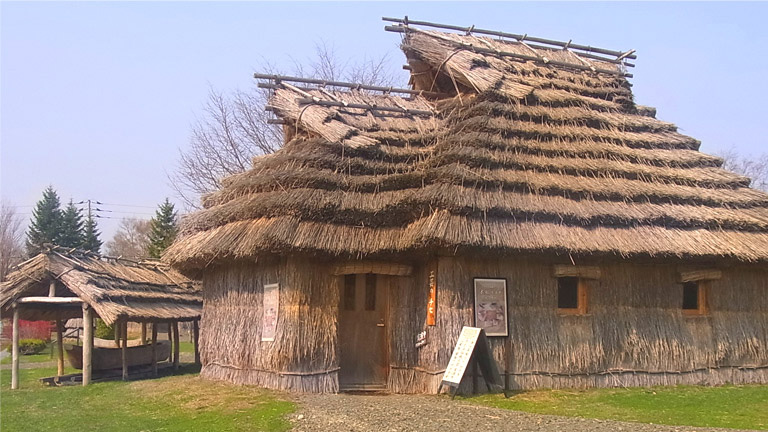
Using a Forest to Protect Kyoto Traditions
The Kiyotaki Forest, situated at Saga in the north of the city of Kyoto, is in a much-visited area famous for its colorful foliage in autumn and its beautiful cherry blossom in spring.
To allow the Kyoto Modelforest Association to engage in action to protect and nurture Kyoto's forest, Mitsui concluded an agreement in 2008 with the association and Kyoto Prefecture under which part of the Kiyotaki Forest is made available free of charge. As part of the agreement, Mitsui supports two traditional Kyoto festivities, the Daimonji Gozan Okuribi (Daimonji Bonfire) and Kurama no Hi-Matsuri (Kurama Fire Festival), by providing firewood and supplying Japanese red pine and azalea to make torches. Mitsui will also make a site available for the Forestry Experience Workshops organized by the association for the benefit of the regional community.
As part of the Forestry Experience Workshops, members of the association participate in forest maintenance for cultivation of the Japanese red pine and azalea, while members of the Daimonji Preservation Committee and the Kurama Fire Festival Preservation Society, which are affiliates of the association, volunteer in the felling of deciduous trees and Japanese red pine. Thanks to these activities, in 2010, materials from the Kiyotaki Forest supplied all the pine needles and one-tenth of the firewood needed for the Daimonji Bonfire and one-tenth of the torches used in the Kurama Fire Festival.
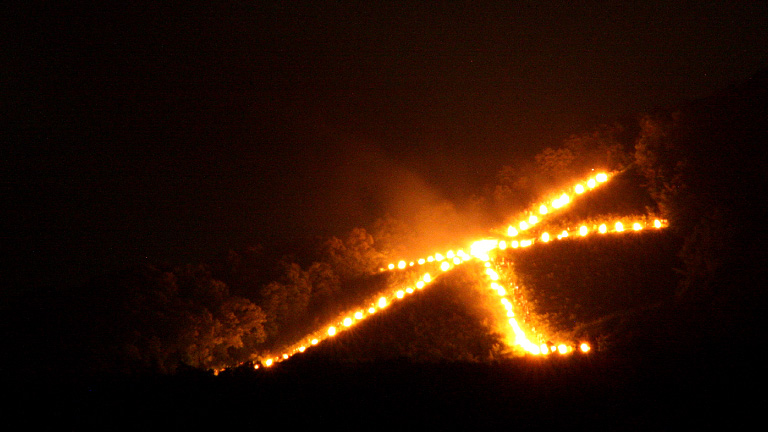
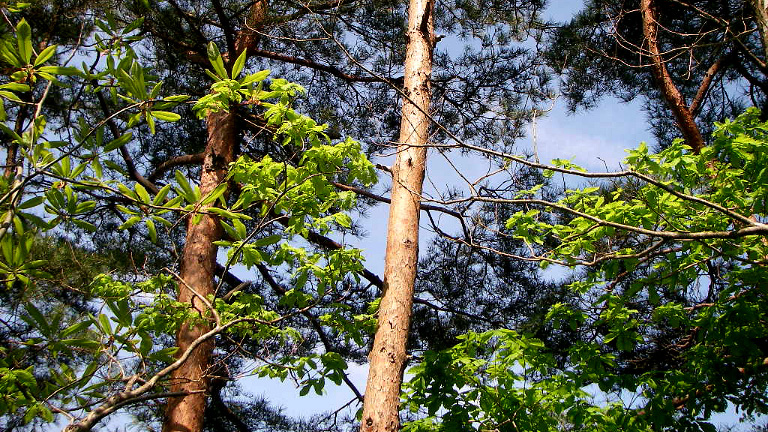
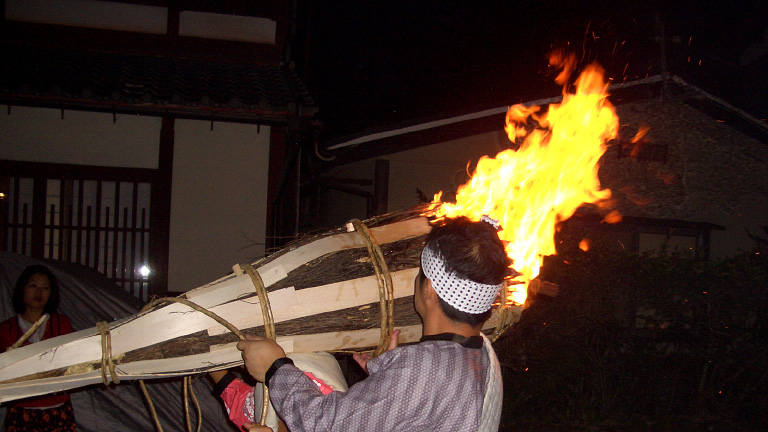
Using Mitsui's Forests for Environmental Education
What we hope to share with future generations through our company owned forests
In addition to practicing appropriate forest management, we are also using Mitsui's Forests to promote environmental education. This includes giving visiting classes on forestry work at elementary and junior high schools, holding fieldwork-based forestry education programs at Mitsui's Forests. Through these initiatives, we aim to teach the future generations about the connections between the roles of forests, people, and nature, and about environmental conservation through forestry, in an easy-to-understand manner.
Specialized Environmental Education Initiatives
We use Mitsui's Forests to carry out initiatives to benefit the future generations.
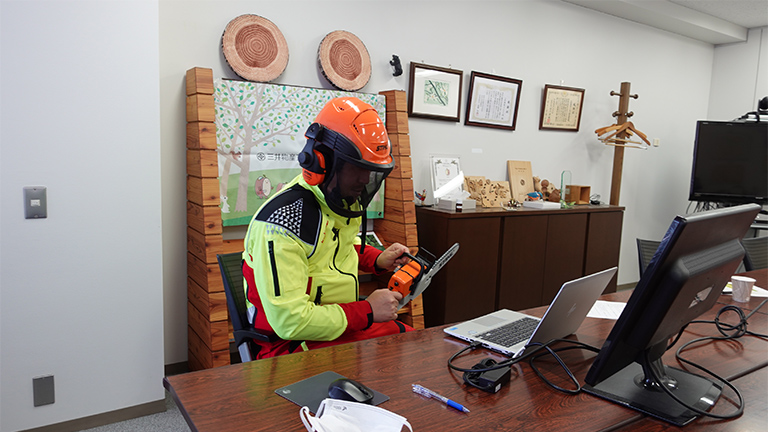
Visiting Classes
We give classes at elementary and junior high schools to teach children about Japan's forests and forestry work. These are currently being given online as a measure to prevent COVID-19 infections.
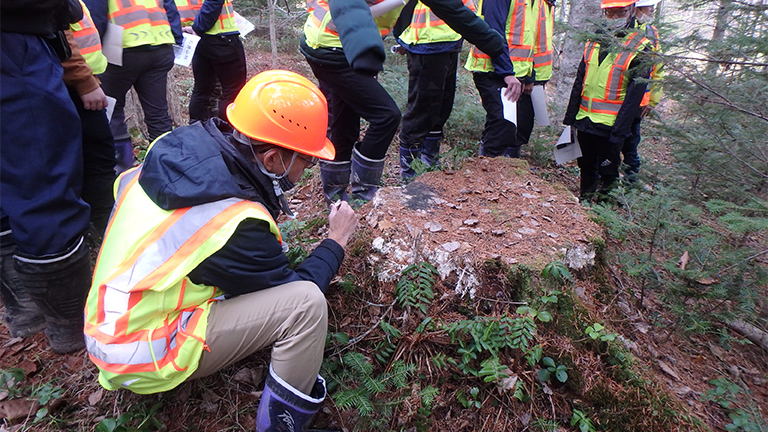
Forest Experiences
We carry out programs at Mitsui's Forests that enable participants to learn about the roles of the forests, the creatures and plants that live in them, and to experience forestry work.
*For details regarding visiting classes and forest experiences, please visit the Mitsui Bussan Forest Co., Ltd. website (Japanese only)